Radio Communications
Pocklington uses the following channel for ground/air communications:
122.915
…and our designation is ‘Pocklington Base’. It is licensed for use within 10NM of the airfield and up to a maximum of 3000 ft. We share this channel with Sutton Bank so we must keep chatter to a minimum and expect to hear non-Pocklington communications.
When using this channel, there are some things you need to remember, some things you need to think about and some things you must not do.
PILOTS
Normally radio chat is conducted using the NATO phonetic alphabet. You must know this to use the new channel.
Pilots are encouraged to use the radio to communicate with the tug pilot about any specific launch requests.
Keep any communication brief and relevant.
If you are contacting the ground station, rehearse in your head what you want and what you are going to say (e.g “Pocklington Base, Juliet Alpha Xray, downwind, left hand for 31”)
Do not use this channel for general chit chat. So “Where are you?” Or “Thermalling at 6 kts” is actively discouraged.
WGC Preferred Channel for airborne situation awareness is 130.105 (other glider pilots will also use this channel so use correct RT procedure at all times)
Your landing checks (prior to starting your circuit) should incorporate a check that you’re back on the ‘Pocklington Base’ channel.
Pocklington Base Channel and 130.105 can be used in ‘Dual Watch’ mode on the radios fitted to WGC gliders. Ensure you learn how to operate the radio on the ground not in the air.
GROUND OPERATORS
You must not give instruction to any aircraft. Things like “Cleared for take-off”, “At your discretion”, “Use runway 18” are expressly not permitted.
Usually ground operators stick to basic information (e.g. “G-ABCD. Reading you strength five, QFE is 1021. Runway in use is 18”)
Any inbound aircraft will call you up using the call sign Pocklington Base. The information you need to provide is the runway in use, the QFE, any safety information (there are 2 gliders in the circuit, left or right hand), winch operation details.
Please see here for a document explaining how to use the club KRT2 radios (complete with a list of local frequencies)
